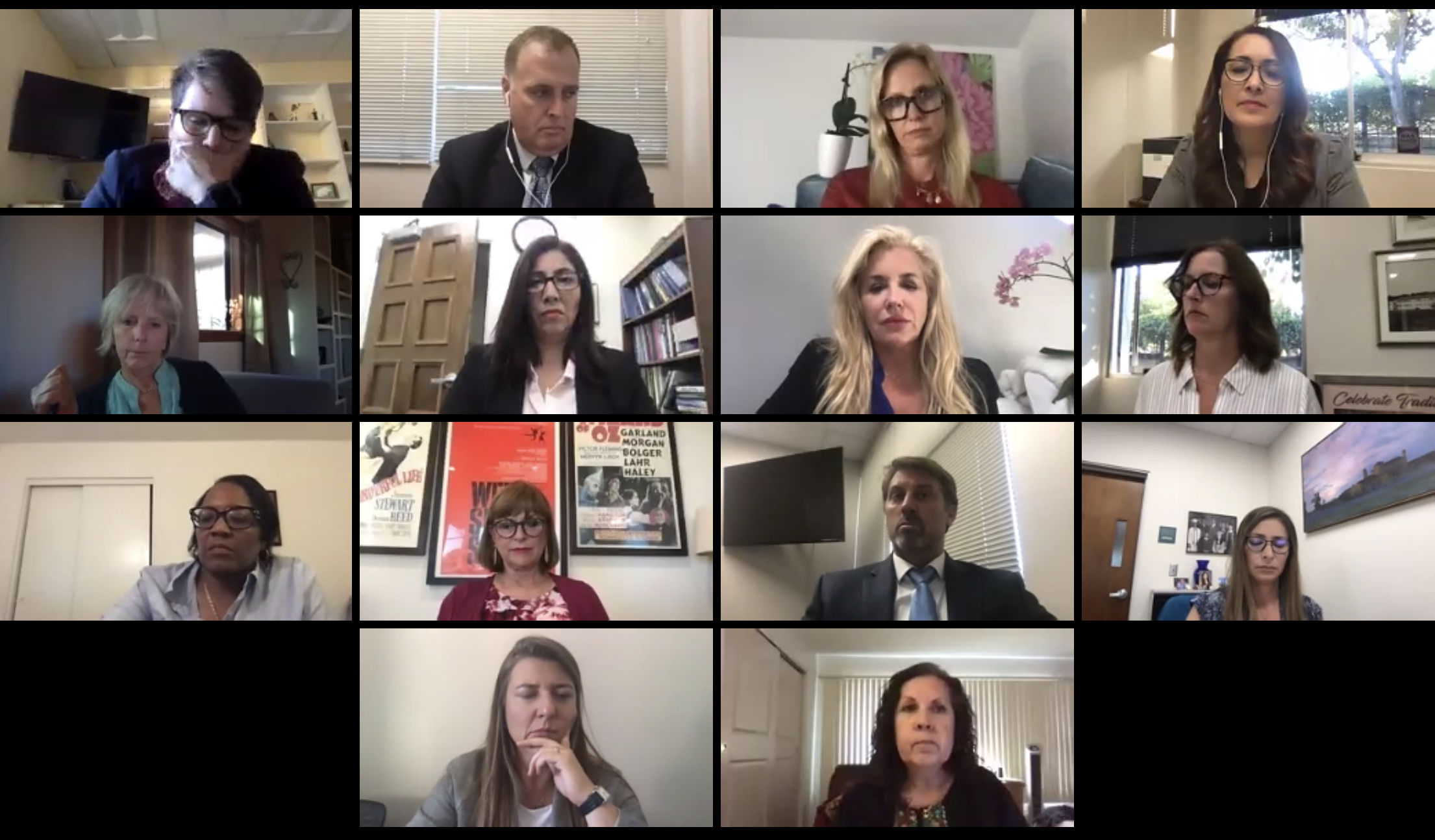Santa Barbara Unified Dives Into Pandemic Distance-Learning Plan
District Staff Promise Robust, Comprehensive Model For Remote-Only Instruction

The Santa Barbara School District swiftly refocused its efforts on developing a quality distance-education plan this week after it was slammed by an unexpected state mandate that requires the district begin the school year fully remote.
The presentation delivered by district staff at the board meeting Tuesday outlined guarantees that students, parents, and teachers can expect out of distance learning in the fall — and the changes are dramatic compared to the last-minute remote-instruction model deployed last spring that was unsuccessful for many students.
“As someone representing the team that is planning passionately for our distance-learning program, I want to represent that under emergency school closures last spring, we learned a great deal in a short period of time about what does and does not work when it comes to distance-learning,” said Assistant Superintendent of Secondary Education Shawn Carey.
Some of the more drastic changes include report cards for students in grades 7-12, keeping mandatory attendance, a common online platform for consistent communication with teachers, and enhanced opportunities for co-curricular activities. Students are required to be engaged with a teacher in real time for several hours a day depending on grade level.
The report featured “a day in the life” of a typical student in the distance-learning model for a kindergartener, a 5th grader, an 8th grader, and an 11th grader. For the elementary schedules, learning activities integrated with social-emotional learning appear daily and short breaks are integrated into the schedule. Older students are given longer lunches, and the day-in-the-life examples show how they can fit therapy sessions or meetings with counselors into the school day.
“What would a day look like for your kindergartener?” said Sierra Loughridge, director of elementary education. “Well, they will log in to see a teacher smiling at them, see their new classmates, and they will have the joy of hearing their teachers read aloud and model how they think, so they can become great readers and thinkers as well.”
The plan is specifically centered on students of color and other disadvantaged students because remote-only learning has proven to be less successful for those groups and further widens the achievement gap. Technology access is one of the major barriers for students of color to succeed, so another part of the plan promises “100 percent of our students connected on WiFi with a device in hand prior to the start of school on August 18, 2020.”
Putting the full-distance model into play will cost the district about $2.6 million, drastically less than the cost of implementing either a hybrid model or full in-person model which would be about $3.9 million and $10 million, respectively. Though the state won’t allow the other models now, the district is still putting together plans for the day it can allow students and teachers back in the classroom.
“Tonight we’re here having learned on Friday about the closure of all schools,” Assistant Superintendent Frann Wageneck said. “But we want folks to know that even as one half of our team is working on that robust distance-learning experience for students, the other half of us are working on refining our plans to pivot to hybrid and fully reopening models.”
Though the meeting was largely focused on the distance-learning plan, boardmembers and some members of the public tossed around ideas for allowing kids back on campuses when the pandemic and state allow. The common theme took advantage of Santa Barbara’s weather — outdoor instruction. Boardmembers Jackie Reid and President Laura Capps both favored the idea, and Capps mentioned purchasing tents for outdoor classrooms.
Though boardmembers were upbeat about the task to “think outside the box” for new learning strategies, Capps reminded the hundreds of people tuned into the meeting that putting students back into classrooms can’t happen if the county continues to fail at meeting the epidemiological metrics for reopening.
“I really appreciate that this presentation began with data, because data needs to drive this,” Capps said. “In a sense, I wish that this meeting of 300 people and last week’s meeting of 900 people could really be a megaphone to this entire community that we need to turn this around to get our kids back in school. We had it in May — our numbers were way down. Now we’re in a whole different scenario.”
The district only has weeks left before the new year begins. Because the board is not meeting for three more weeks and the district has to begin making purchases to support the plan immediately, the board unanimously voted to allow Superintendent Hilda Maldonado to authorize expenditures instead of going to the board for a vote.
The final distance-learning plan will be completed and accessible online by July 27.



